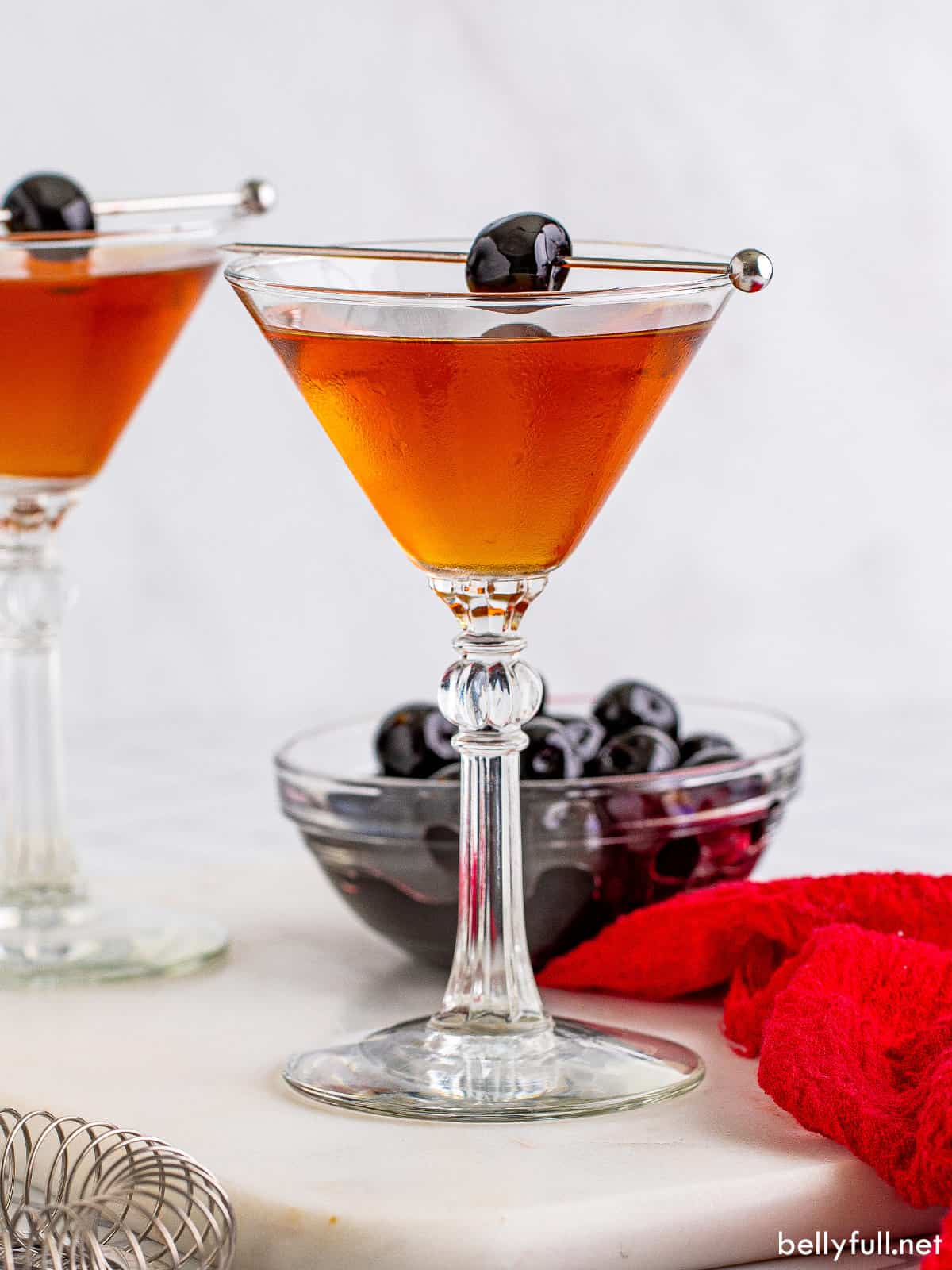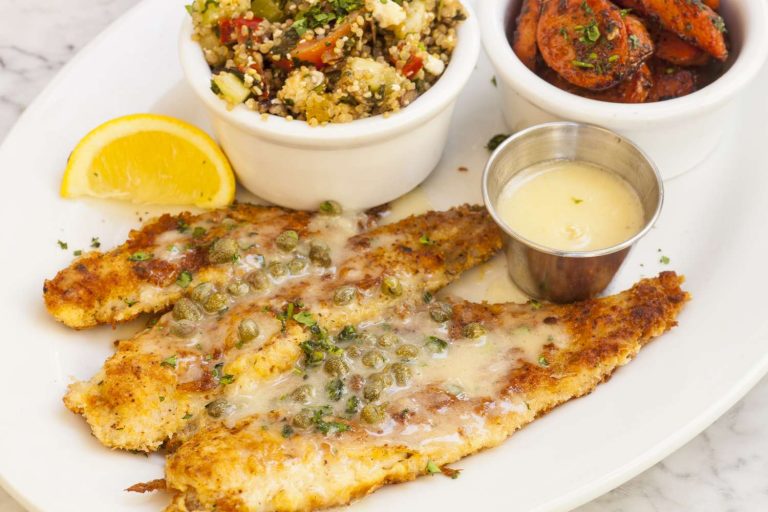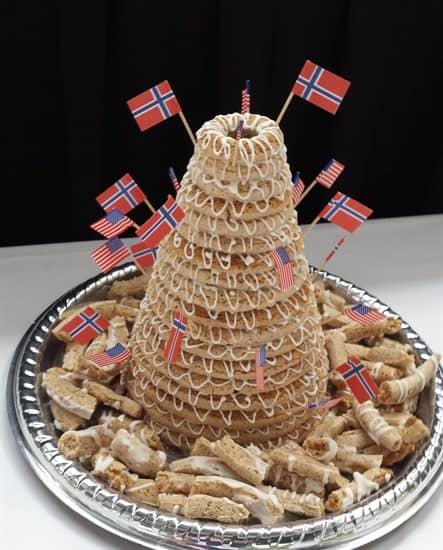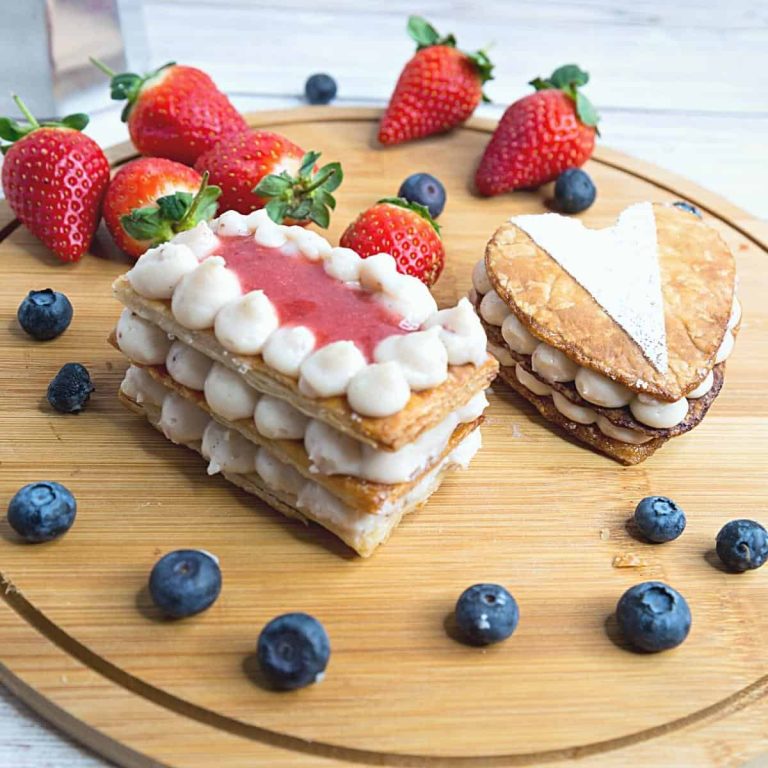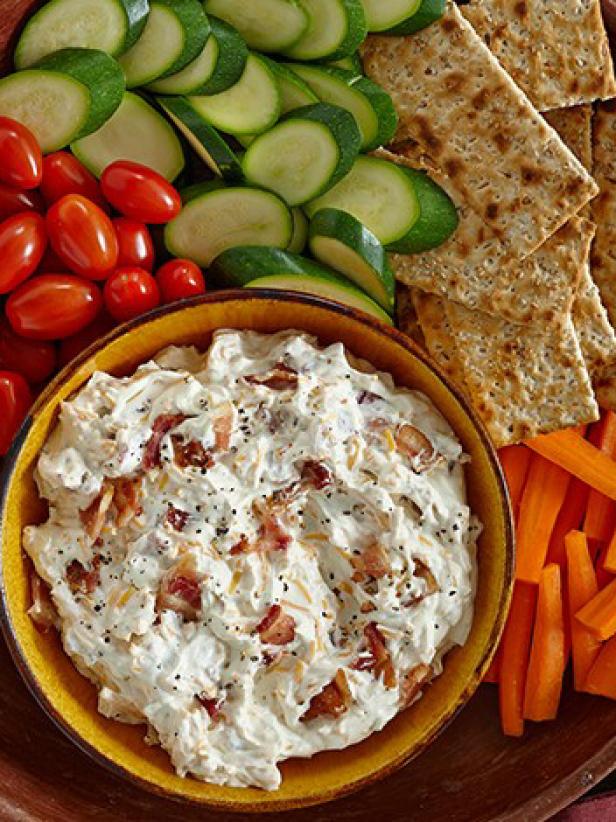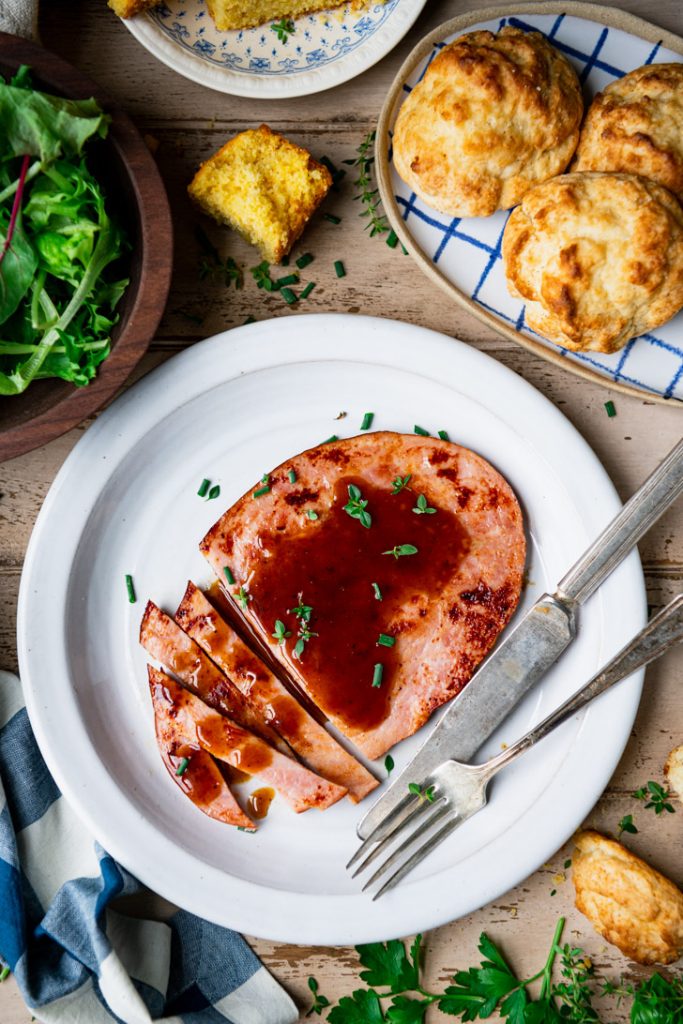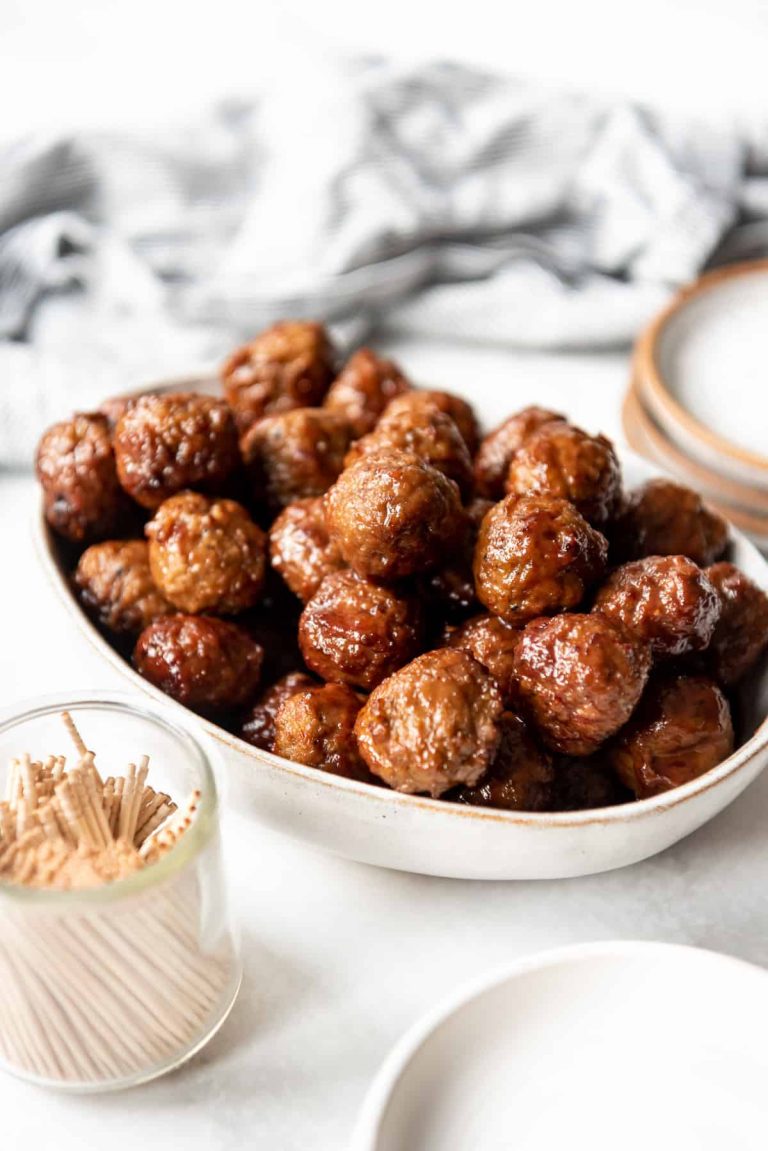Manhattan Cocktail: History, Modern Twists, and Expert Crafting Tips
The Manhattan cocktail dates back to the late 1800s, specifically to 1874, when it was allegedly created at the Manhattan Club in New York City. One popular narrative ties the cocktail’s invention to a banquet hosted by Lady Randolph Churchill. She commissioned Dr. Iain Marshall to create a signature drink, leading to the birth of the Manhattan. Though disputes exist regarding the exact origin, the mid-1870s timeframe is generally accepted by historians.
Popularity Through the Ages
The Manhattan gained rapid acclaim in the late 19th and early 20th centuries, becoming a staple in American cocktail culture. During the Prohibition era (1920-1933), it retained its popularity despite the ban on alcohol, as speakeasies continued to serve it. Post-Prohibition, the Manhattan made a strong comeback, featuring prominently in bars and clubs. In the latter half of the 20th century, it saw renewed interest thanks to cultural references in books, movies, and TV shows. Today, the Manhattan remains a testament to classic cocktail craftsmanship, celebrated for its simplicity and enduring charm.
Key Ingredients and Variations
Classic Ingredients
A Manhattan cocktail comprises three essential ingredients: whiskey, sweet vermouth, and bitters. Whiskey serves as the primary spirit, usually rye or bourbon. Rye whiskey imparts a spicier profile, while bourbon offers a sweeter, more mellow flavor.
Whiskey: Opt for high-quality rye or bourbon for an authentic taste.
Sweet Vermouth: This fortified wine adds depth and a hint of sweetness.
Bitters: Angostura bitters are the traditional choice, providing aromatic complexity.
Mix equal parts of whiskey and sweet vermouth, then add two dashes of bitters. Stir ingredients with ice and strain into a chilled glass. Garnish with a maraschino cherry or a twist of orange peel. The precise balance of these ingredients defines the classic Manhattan.
Regional and Modern Variations
Regional and modern variations of the Manhattan introduce unique twists while preserving the cocktail’s essence. These variations can incorporate different spirits, liqueurs, or garnishes.
Rob Roy: Substitute Scotch whisky for rye or bourbon to create a smoky version.
Perfect Manhattan: Mix equal parts sweet and dry vermouth for a balanced flavor.
Brandy Manhattan: Replace whiskey with brandy for a sweeter, fruitier taste.
Modern variations often play with different bitters or flavored syrups. Mixologists also experiment with barrel-aged Manhattans for enhanced depth and complexity. Adaptations like these keep the Manhattan cocktail relevant and exciting in contemporary mixology.
How to Make the Perfect Manhattan Cocktail
Equipment Needed
Making the perfect Manhattan requires essential equipment for precise preparation and presentation. You need:
- Mixing Glass: Use a large, sturdy glass for combining ingredients.
- Bar Spoon: Opt for a long-handled spoon for consistent stirring.
- Jigger: Employ a jigger for accurate measurement of spirits.
- Strainer: Choose a Hawthorne strainer to strain the mixture.
- Rocks or Coupe Glass: Serve the cocktail in a chilled glass for optimal flavor.
- Ice: Use large, clear ice cubes to chill the cocktail without diluting it too much.
- Chill Glassware: Place the glass in the freezer or fill it with ice water. This ensures the cocktail stays cold longer.
- Measure Ingredients: Pour 2 oz. of rye or bourbon whiskey, 1 oz. of sweet vermouth, and 2 dashes of Angostura bitters into the mixing glass using the jigger.
- Add Ice: Fill the mixing glass with ice cubes. Ensure that the ice is fresh and clean to avoid off flavors.
- Stir the Cocktail: Stir the mixture in the mixing glass with the bar spoon for about 30 seconds. This chills and dilutes the cocktail to the right balance.
- Strain into Glass: Using the Hawthorne strainer, strain the liquid into the prepared chilled glass. Remove any remaining ice from the glass before pouring.
- Garnish: Add a cherry or twist of orange peel as a garnish. This adds an aromatic touch to the final presentation.
By following these steps and using quality ingredients, you can craft a Manhattan cocktail that embodies the classic taste and sophistication of this iconic drink.
Serving Suggestions
Ideal Glassware
Serve the Manhattan cocktail in a chilled martini or coupe glass. The thin stem helps keep the cocktail cold without warming it from your hand. The broad bowl offers an inviting presentation while the slight inward curve helps concentrate the drink’s aromas.
Accompaniments and Garnishes
Add a Luxardo Maraschino cherry to enhance the cocktail’s flavor and appearance. Use a lemon twist to add a citrusy note complementing the drink’s bitterness. Serve with small savory appetizers like olives or cheese to balance the strong flavors of the cocktail.
Manhattan Cocktail in Popular Culture
Appearances in Films and Literature
The Manhattan cocktail frequently appears in films and literature, symbolizing sophistication and elegance. In classic films like “Some Like It Hot” (1959), characters order Manhattans to showcase their refined taste. In “Sex and the City,” characters often drink Manhattans, reinforcing the cocktail’s association with New York City’s cosmopolitan lifestyle.
In literature, Manhattans feature in works by authors such as Raymond Chandler and Ian Fleming. In Chandler’s “The Long Goodbye,” the protagonist often relishes a Manhattan. Fleming’s iconic character, James Bond, chooses a Manhattan in some novels, illustrating the drink’s international appeal.
Celebrated by Celebrities and Mixologists
Celebrities and mixologists celebrate the Manhattan cocktail for its timeless appeal and versatility. Frank Sinatra, known for his preference, frequently ordered Manhattans, elevating the drink’s status among his fans. Modern-day celebrities like Madonna also contribute to its continued popularity.
Expert mixologists like Dale DeGroff champion the Manhattan for its classic flavor profile. DeGroff, known as “King Cocktail,” often highlights the importance of using high-quality vermouth and bitters. Other renowned bartenders craft unique variations, adding personal twists to maintain the cocktail’s relevance in contemporary mixology.
Conclusion
The Manhattan cocktail stands as a testament to the beauty of simplicity and the power of quality ingredients. Whether you’re a seasoned mixologist or a home bartender, mastering this classic drink can elevate your cocktail repertoire. Its rich history and cultural significance make it more than just a beverage; it’s a piece of art that has stood the test of time. So, gather your ingredients, follow the steps, and enjoy the timeless elegance of a perfectly crafted Manhattan. Cheers to tradition and innovation in every sip!
